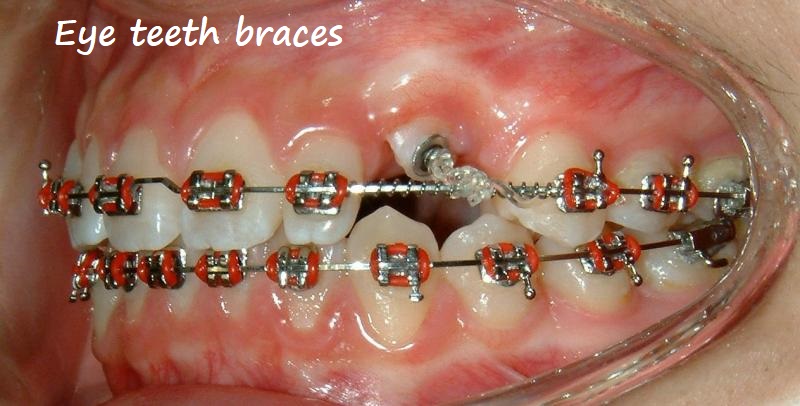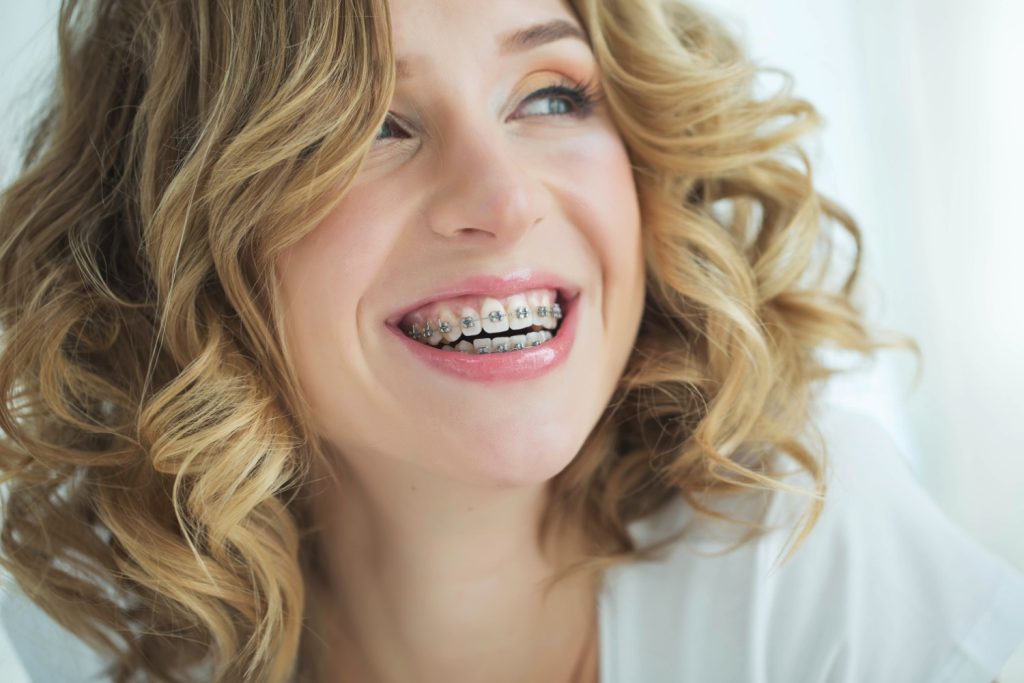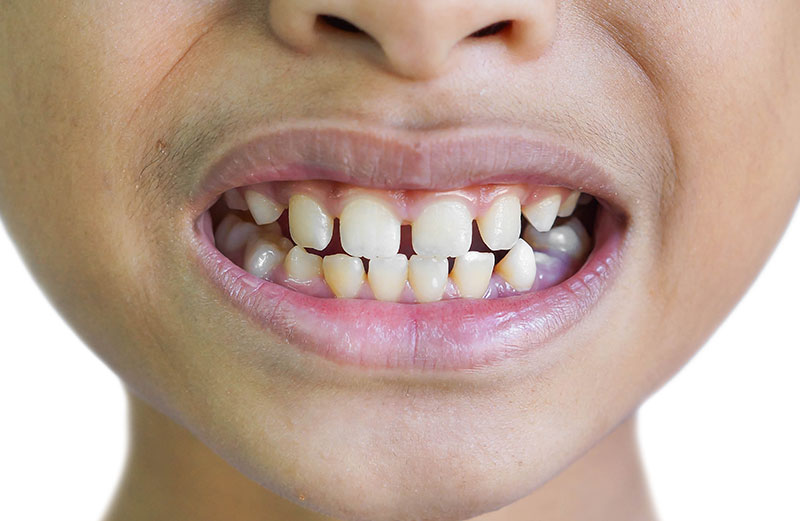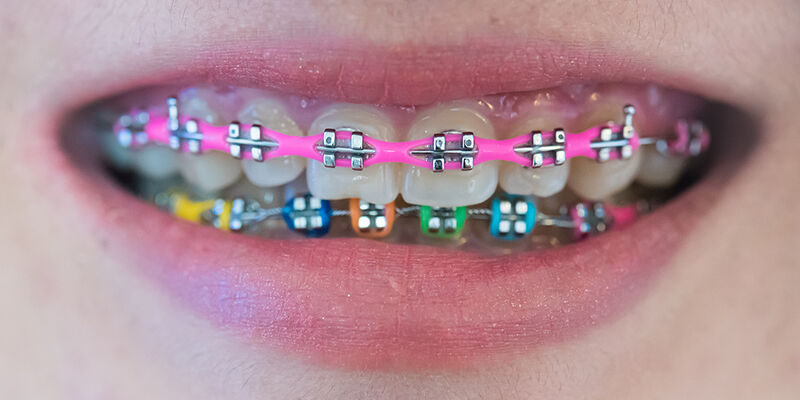Eye teeth braces

Orthodontic treatments have evolved significantly over the years, offering a variety of solutions to correct dental issues. One common area of concern is the alignment of the eye teeth, also known as canine teeth. This comprehensive guide will explore the topic of eye teeth braces, detailing what they are, why they are necessary, and how they can help you achieve a beautiful and healthy smile. By the end of this article, you will have a thorough understanding of the options available for correcting eye teeth alignment and the benefits of these treatments.
What Are Eye Teeth?
Eye teeth, also known as canine teeth or cuspids, are the pointed teeth located on either side of your incisors. They play a crucial role in your dental health and overall smile aesthetics. Eye teeth are typically the longest and most stable teeth in your mouth, designed for tearing food and guiding your bite into place.
Importance of Eye Teeth
- Aesthetic Value: Eye teeth are highly visible when you smile. Proper alignment of these teeth contributes to a harmonious and attractive smile.
- Functional Role: Eye teeth help in tearing food and are essential for the proper function of your bite.
- Guiding Teeth: They help guide your teeth into their correct positions when you bite down, contributing to overall dental alignment and function.
Common Issues with Eye Teeth
Several issues can affect the alignment and health of eye teeth. These issues can be congenital or develop over time due to various factors.
Impacted Eye Teeth
Impacted eye teeth occur when the canines do not emerge properly from the gums. They may remain partially or completely trapped beneath the gum line or against another tooth. Impacted eye teeth can cause discomfort, pain, and misalignment of surrounding teeth.
Misalignment
Misaligned eye teeth can occur due to overcrowding, where there is not enough space for the canines to erupt properly. This can result in the eye teeth being pushed out of their normal position, leading to a crooked or uneven smile.
Overcrowding
Overcrowding happens when there is insufficient space in the jaw for all the teeth to fit properly. This can cause the eye teeth to overlap or be displaced, affecting the overall alignment of your teeth.
Gaps and Spacing
Gaps and spacing issues can occur when there is excessive space between the eye teeth and adjacent teeth. This can be due to missing teeth, jaw size discrepancies, or other factors.
Why Are Eye Teeth Braces Necessary?
Correcting the alignment of eye teeth is essential for both functional and aesthetic reasons. Eye teeth braces can help address various issues related to the alignment and positioning of the canines.
Improving Smile Aesthetics
Proper alignment of eye teeth significantly enhances the overall appearance of your smile. Misaligned or impacted eye teeth can create an unbalanced look, which can affect your confidence and self-esteem.
Enhancing Dental Function
Correctly aligned eye teeth contribute to efficient chewing and biting. Misalignment can lead to difficulties in biting and chewing food, which can affect your digestion and overall health.
Preventing Dental Issues
Misaligned or impacted eye teeth can cause a range of dental problems, including tooth decay, gum disease, and damage to adjacent teeth. By correcting the alignment, you can prevent these issues and maintain better oral health.
Reducing Discomfort
Impacted or misaligned eye teeth can cause discomfort and pain. Orthodontic treatment can alleviate these symptoms and improve your overall comfort.
Types of Braces for Eye Teeth
There are several types of braces available to correct the alignment of eye teeth. Each type has its advantages and considerations, making it important to choose the one that best suits your needs and lifestyle.
Traditional Metal Braces
Traditional metal braces are the most common and effective type of braces for correcting eye teeth alignment. They consist of metal brackets attached to the teeth and connected by a metal wire.
Advantages
- Effective for Severe Cases: Metal braces are highly effective for severe misalignment and complex dental issues.
- Durable: Made from high-quality stainless steel, metal braces are strong and durable.
- Cost-Effective: Metal braces are generally more affordable than other types of braces.
Considerations
- Visibility: Metal braces are highly visible, which may be a concern for some patients.
- Discomfort: Metal braces can cause initial discomfort and irritation to the gums and cheeks.
Ceramic Braces
Ceramic braces function similarly to metal braces but use tooth-colored or clear brackets, making them less noticeable.
Advantages
- Aesthetic Appeal: Ceramic braces blend in with the natural color of your teeth, making them less noticeable.
- Effective: Ceramic braces are effective in treating a wide range of orthodontic issues.
Considerations
- Cost: Ceramic braces are generally more expensive than metal braces.
- Fragility: Ceramic brackets are more fragile and can break more easily than metal brackets.
- Staining: The brackets can stain if not properly maintained.
Lingual Braces
Lingual braces are similar to traditional metal braces but are placed on the inside (lingual side) of the teeth, making them invisible from the outside.
Advantages
- Invisibility: Lingual braces are completely hidden from view, providing a discreet treatment option.
- Effective: Lingual braces are effective for complex cases and can achieve significant tooth movement.
Considerations
- Cost: Lingual braces are typically more expensive due to their customized design and placement.
- Comfort: Lingual braces can cause more discomfort initially and may take longer to get used to.
- Maintenance: Oral hygiene can be more challenging with lingual braces.
Invisalign
Invisalign is a modern orthodontic treatment that uses a series of clear, removable aligners to gradually move the teeth into their desired positions.
Advantages
- Aesthetic Appeal: Invisalign aligners are virtually invisible, making them a popular choice for adults and teens.
- Comfort: The smooth plastic aligners are more comfortable than traditional braces and less likely to cause irritation.
- Removability: Aligners can be removed for eating, drinking, brushing, and flossing, making oral hygiene easier.
Considerations
- Cost: Invisalign is generally more expensive than traditional braces.
- Discipline: Invisalign requires a high level of discipline, as aligners must be worn for at least 20-22 hours per day to be effective.
- Suitability: Invisalign may not be suitable for severe cases of misalignment or impacted teeth.
The Process of Getting Eye Teeth Braces
The process of getting braces for eye teeth involves several steps, from the initial consultation to the final retention phase. Here’s a step-by-step overview of what to expect:
Initial Consultation
Your first step is to schedule a consultation with an orthodontist. During this visit, the orthodontist will evaluate your dental condition, discuss your treatment goals, and determine the best type of braces for your eye teeth alignment. They may take X-rays, photographs, and impressions of your teeth to create a customized treatment plan.
Treatment Plan
Once the evaluation is complete, the orthodontist will create a detailed treatment plan outlining the steps and expected duration of your orthodontic treatment. This plan will include the type of braces to be used, the estimated timeline, and any additional procedures that may be necessary.
Application of Braces
During your next appointment, the orthodontist will apply the braces. This process involves cleaning and drying your teeth, then bonding the brackets to your teeth using a special adhesive. The archwires will be threaded through the brackets and secured with elastic bands. This appointment typically takes 1-2 hours and is usually painless.
Adjustments and Monitoring
You will need to visit the orthodontist regularly, usually every 4-6 weeks, for adjustments and monitoring. During these appointments, the orthodontist will tighten the archwires, replace elastic bands, and make any necessary modifications to ensure your teeth are moving correctly. These visits are crucial for the success of your treatment.
Managing Discomfort
It’s common to experience some discomfort after getting braces and during adjustments. Over-the-counter pain relievers, orthodontic wax, and rinsing with warm salt water can help alleviate this discomfort. Your orthodontist can provide additional recommendations for managing pain and irritation.
Maintaining Oral Hygiene
Proper oral hygiene is essential when you have braces. This includes brushing your teeth after every meal, flossing daily, and using mouthwash to prevent plaque buildup and tooth decay. Your orthodontist may also recommend special tools, such as interdental brushes and water flossers, to help you clean around the brackets and wires.
Dietary Adjustments
Certain foods can damage your braces or cause discomfort, so it’s important to make dietary adjustments during your treatment. Avoid hard, sticky, and chewy foods, such as nuts, popcorn, caramel, and chewing gum. Instead, opt for softer foods that are easier to chew, such as yogurt, mashed potatoes, and cooked vegetables.
Removal of Braces
Once your teeth have reached their desired positions, the orthodontist will remove the braces. This process is quick and painless, typically taking about an hour. The brackets and adhesive will be gently removed, and your teeth will be cleaned and polished.
Retention Phase
After the braces are removed, you’ll need to wear a retainer to maintain your new smile and prevent your teeth from shifting back to their original positions. Your orthodontist will provide specific instructions on how often to wear the retainer and how to care for it. Consistently wearing your retainer is crucial for long-term success.
Caring for Your Braces
Proper care and maintenance are essential to keep your braces in good condition and achieve the best possible results. Here are some tips for taking care of your braces:
Brushing and Flossing
- Brush Regularly: Brush your teeth after every meal using a soft-bristled toothbrush and fluoride toothpaste. Pay special attention to cleaning around the brackets and wires.
- Floss Daily: Flossing is crucial for removing food particles and plaque between your teeth and around the brackets. Use a floss threader or orthodontic floss to make the process easier.
- Use Mouthwash: Rinse with an antibacterial mouthwash to kill bacteria and maintain fresh breath.
Avoiding Damaging Foods
Certain foods can damage your braces or cause discomfort, so it’s important to avoid them during your treatment. These include:
- Hard foods (nuts, hard candies, ice)
- Sticky foods (caramel, chewing gum, taffy)
- Chewy foods (bagels, licorice, tough meats)
- Crunchy foods (popcorn, chips, raw vegetables)
Protecting Your Braces During Sports
If you play sports, it’s important to protect your braces and teeth from injury. Wear a mouthguard to prevent damage from impact. Your orthodontist can provide a custom mouthguard that fits over your braces.
Regular Orthodontic Appointments
Regular visits to your orthodontist are essential for monitoring your progress and making necessary adjustments. Skipping appointments can prolong your treatment time and affect the results.
Frequently Asked Questions About Eye Teeth Braces
How Long Will I Need to Wear Braces?
The duration of orthodontic treatment varies depending on the complexity of the case and the type of braces used. On average, treatment can last between 12 and 24 months. Your orthodontist will provide a more accurate timeline based on your specific needs.
Will Braces Hurt?
It’s common to experience some discomfort after getting braces and during adjustments. This discomfort is usually temporary and can be managed with over-the-counter pain relievers, orthodontic wax, and rinsing with warm salt water.
Can I Choose the Color of My Braces?
Yes, many types of braces, including traditional metal and ceramic braces, offer a variety of color options for the elastic bands. You can choose colors that match your style or opt for clear or neutral tones for a more discreet look.
How Do I Clean My Braces?
Proper oral hygiene is essential when you have braces. Brush your teeth after every meal using a soft-bristled toothbrush and fluoride toothpaste. Floss daily using a floss threader or orthodontic floss, and rinse with an antibacterial mouthwash. Your orthodontist may also recommend special tools, such as interdental brushes and water flossers, to help you clean around the brackets and wires.
What Should I Do If a Bracket or Wire Breaks?
If a bracket or wire breaks, contact your orthodontist as soon as possible to schedule a repair appointment. In the meantime, you can use orthodontic wax to cover any sharp edges and prevent irritation to your gums and cheeks.
Can I Eat Normally with Braces?
While you can eat most foods with braces, it’s important to avoid hard, sticky, and chewy foods that can damage the brackets or wires. Cut hard fruits and vegetables into smaller pieces, and be mindful of the types of foods you consume to avoid any complications.
Conclusion: Achieving a Perfect Smile with Eye Teeth Braces
Eye teeth braces offer an effective solution for correcting the alignment and positioning of canine teeth. Whether you’re dealing with impacted, misaligned, or overcrowded eye teeth, orthodontic treatment can help you achieve a beautiful and healthy smile.
By understanding the benefits, considerations, and care requirements of eye teeth braces, you can make an informed decision about whether they are the right choice for your orthodontic treatment. Remember to consult with an experienced orthodontist who can guide you through the process and create a customized treatment plan tailored to your needs.
Final Thought-Provoking Question
Are you ready to embark on your orthodontic journey with eye teeth braces? What aspects of eye teeth braces appeal to you the most, and how do you think they will impact your confidence and lifestyle? Share your thoughts and start your journey towards a beautiful, confident smile today!
Related to read:
Best Oral Hygiene Practices For Optimum Oral Health.
How to Whiten Teeth Naturally?
How to keep your gums healthy and disease-free?
References
To ensure the information provided is accurate and up-to-date, the following sources were referenced:
- American Dental Association. (n.d.). Plaque and Tartar. Retrieved from ADA website
- Mayo Clinic. (n.d.). Dental Plaque. Retrieved from Mayo Clinic website
- National Institute of Dental and Craniofacial Research. (n.d.). Periodontal (Gum) Disease. Retrieved from NIDCR website








